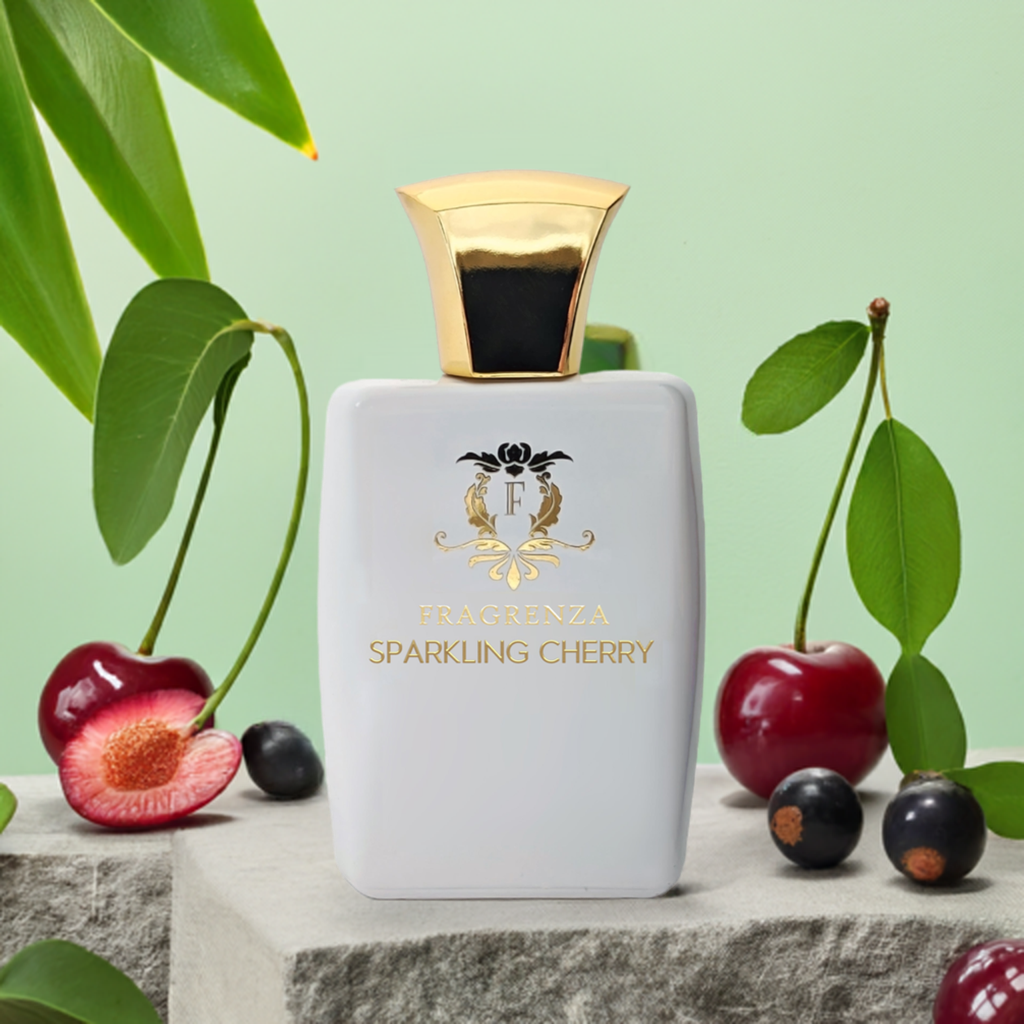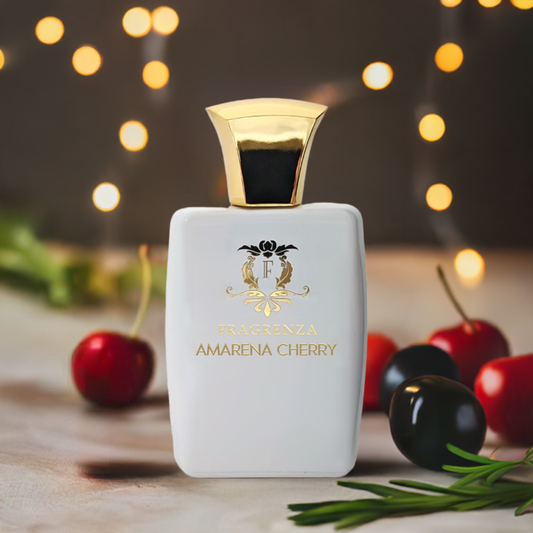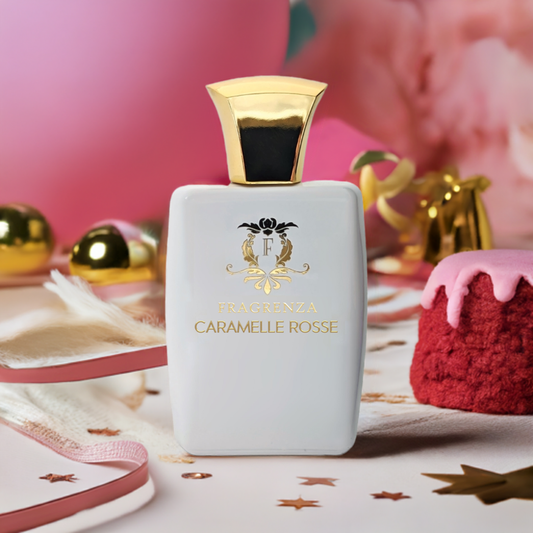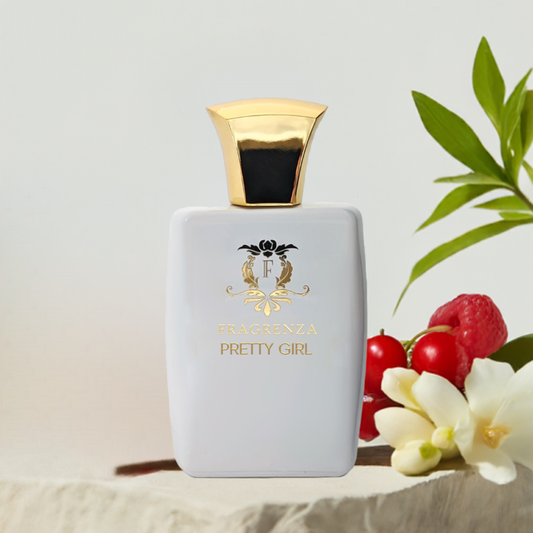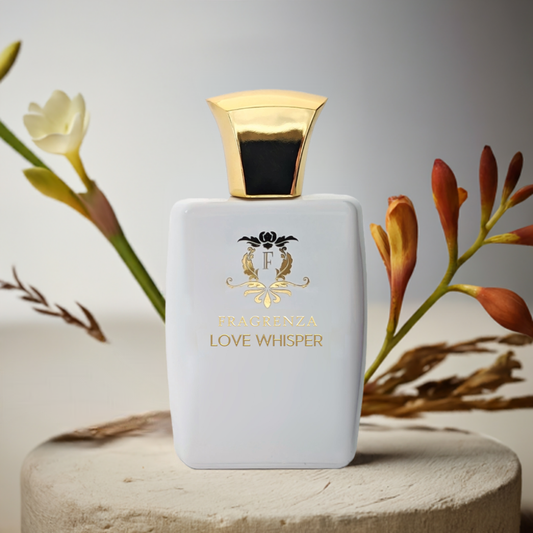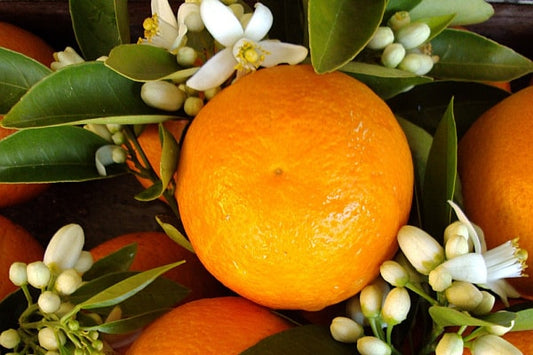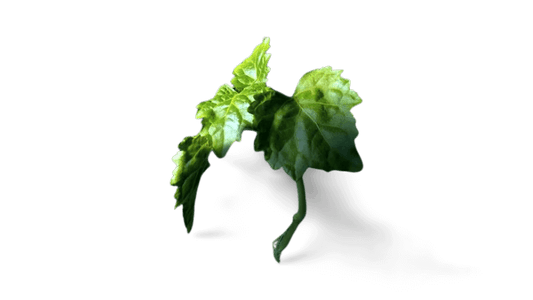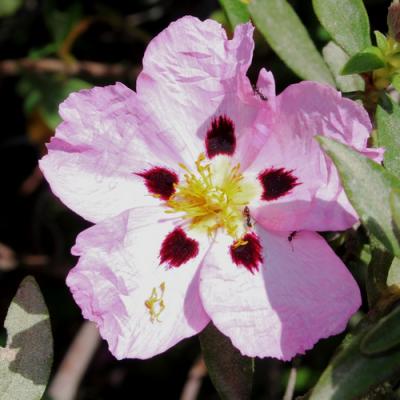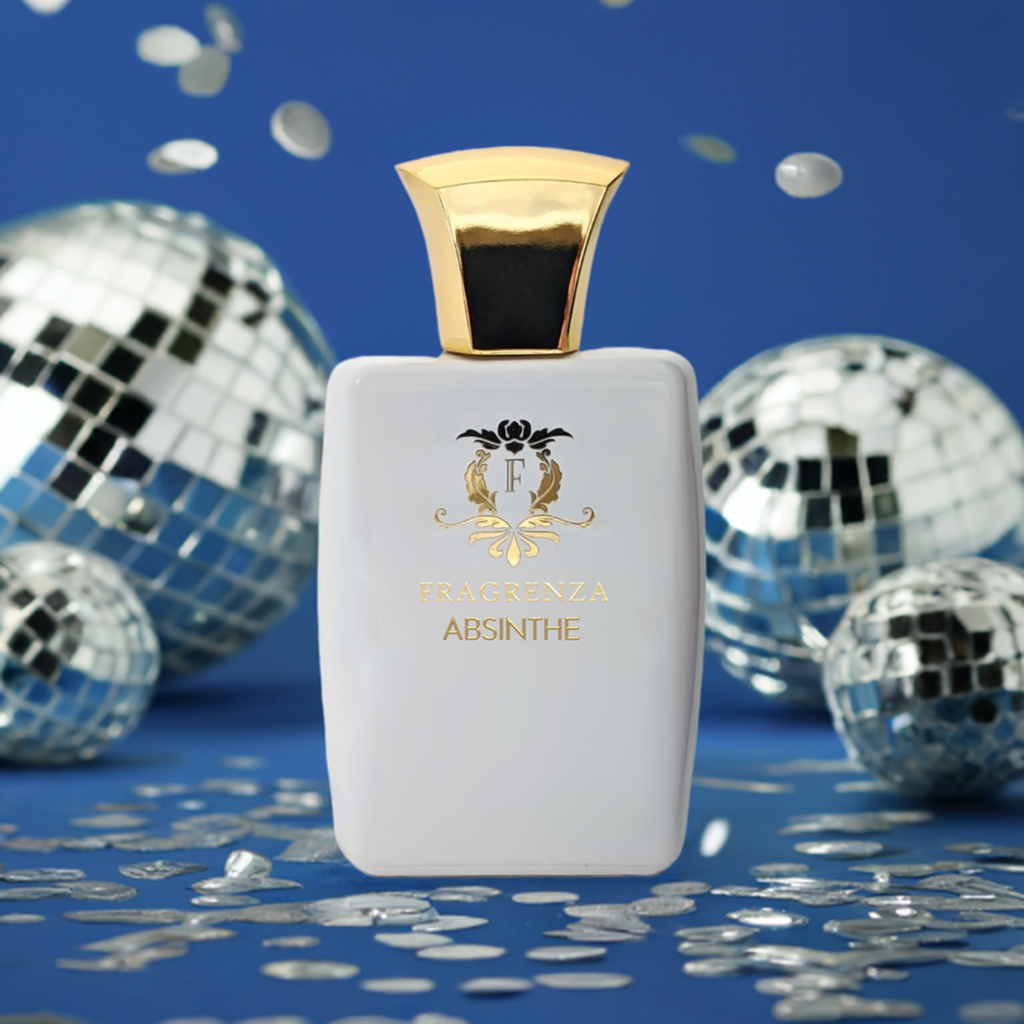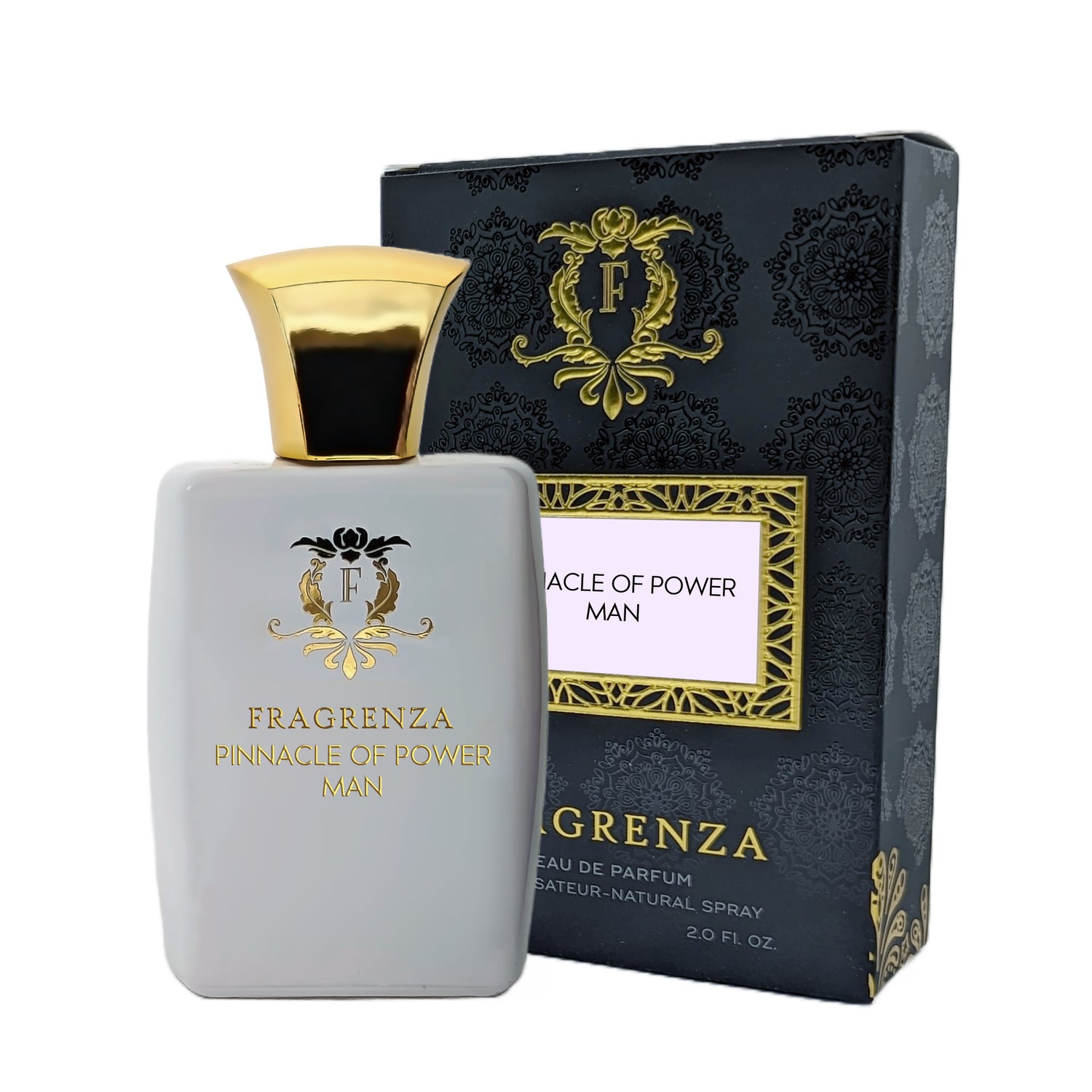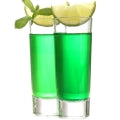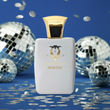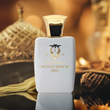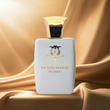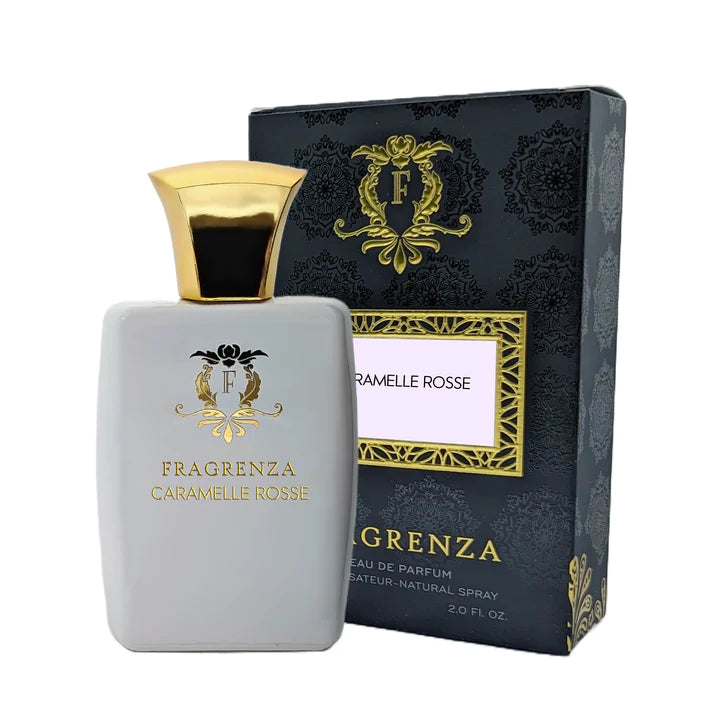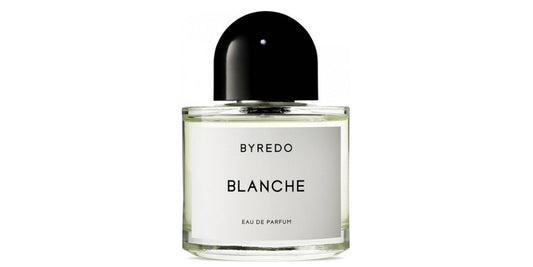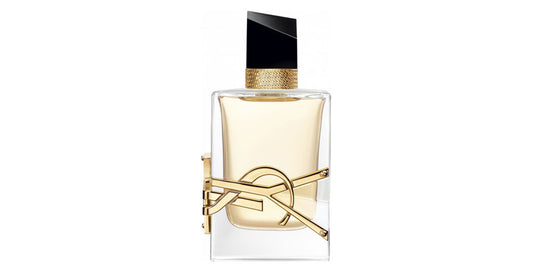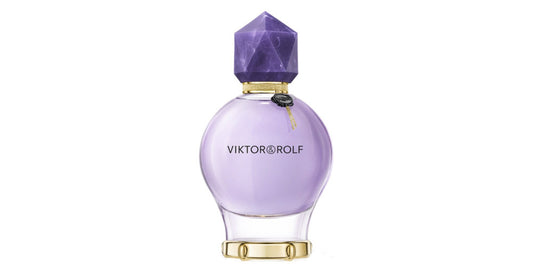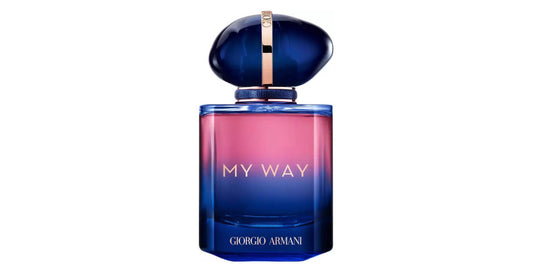Absinthe in perfumery
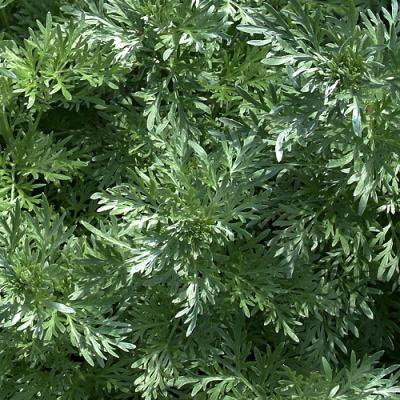
In This Article
Absinthe, a plant that has become a potent spirit
Absinthe is a perennial herbaceous plant that grows between 50 cm and 1 m in height. It is covered with silky white and silvery hairs as well as numerous oil glands. Its leaves are silky on the underside while their tops are gray and greenish. Its flowers are yellow and tubular, united in flower heads. Although aromatic, it is better known for its liquor than for its botanical properties. However, wormwood possesses various medicinal properties and serves as an excellent repellent in the garden, making it valuable for both amateur healers and gardeners. Wormwood flowers from July to September and can grow in low humidity and very sunny soils. It generally prefers calcareous soils rich in nitrogen. Gardeners appreciate wormwood for its insect repellant properties, as it effectively controls aphids, carrot maggots, flea beetles, and cabbage moths. As a result, it is an ideal organic repellent that aligns with eco-friendly practices. Additionally, wormwood is recognized for its medicinal properties, being particularly effective against stomach ailments and acting as an anthelmintic. It can also help combat fatigue, seasickness, and nausea. Wormwood is typically used as an infusion or poultice. Its negative and controversial connotation stems from its use in absinthe as a spirit, which was banned in France until 2011 due to serious poisonings. However, when used in perfumery, absinthe serves only to enhance fragrances.
The scent of absinthe
When incorporated into perfumes, absinthe exudes a slightly bitter, green scent. It is harvested from May to October, with its flowers and leaves being cut as needed until the first frosts. Once processed by skilled perfumers, absinthe imparts an airy and liberating quality to fragrances. In this sense, it shares similarities with absinthe as an alcohol, often referred to as the elixir of creative inspiration. Absinthe is a surprisingly rich ingredient, valued for its floral aspects as well as its refreshing and energizing properties. This plant exhibits a slightly aniseed, highly aromatic, and green character.
